 This is NOT a bumblebee.
This is NOT a bumblebee.
And those aren’t just unsightly holes.
Your home is calling for help -- from carpenter bees.
Carpenter bees are named for their habit of boring holes into wood. They establish their nests in wood siding, decks, doors, windowsills, roof eaves, railings... even lawn furniture.
A female carpenter bee will use her sharp teeth to create a single, perfectly round hole about 1/2 inch in diameter. Once it's drilled into the wood, the carpenter bee will turn at a 90 degree angle and excavate a tunnel in which to lay her eggs.
She then travels back and forth to bring food as the larvae are developing.
Carpenter bees cause costly structural damage. Over time, their presence weakens wood and leaves stains. The holes carpenter bees create can invite rodents and other pests, as well as mold and rot if moisture gets in.
But the solution can be simple with TrapStik from RESCUE!
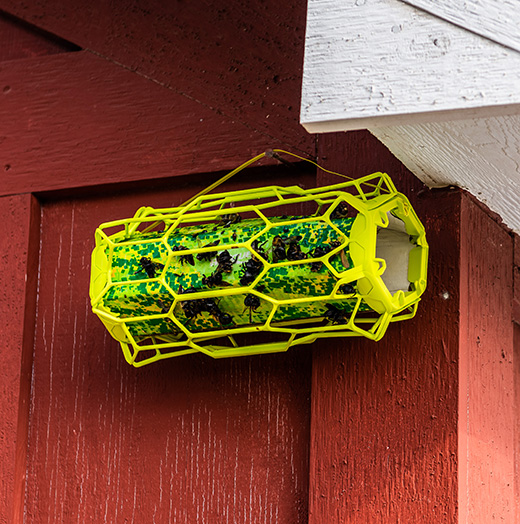 Just hang these traps near untreated wood or wherever you first notice carpenter bees hovering, and catch them before the damage is done.
Just hang these traps near untreated wood or wherever you first notice carpenter bees hovering, and catch them before the damage is done.
Spring is the best time to catch carpenter bees before they mate, but TrapStik can be used throughout the summer and early fall to control carpenter bees.
For best results, we recommend hanging TrapStik horizontally by attaching a string or wire to each end of the base and placing next to the wood structure.
Watch the video to learn more about how to prevent carpenter bee damage:
With an exclusive VisiLure® pattern that attracts these pests to the sticky surface, there’s never been an easier way to eliminate a carpenter bee problem.
And the added protection for your house isn’t the only thing to feel good about. These pesticide-free traps include a bird guard that keeps other wildlife safe—and they’re made right here in the USA.
Get yours today and rescue your home from carpenter bees. Carpenter Bee TrapStik is available at these retailers:









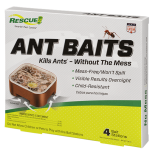 Ant Baits
Ant Baits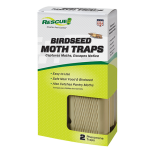 Birdseed Moth Trap
Birdseed Moth Trap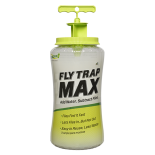 Fly Trap Max
Fly Trap Max Fly Trap, Big Bag
Fly Trap, Big Bag 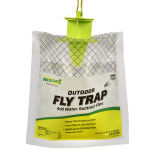 Fly Trap, Disposable
Fly Trap, Disposable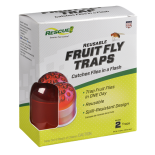 Fly Trap, Fruit Fly
Fly Trap, Fruit Fly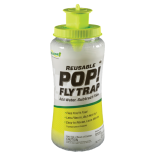 Fly Trap, POP! Fly
Fly Trap, POP! Fly 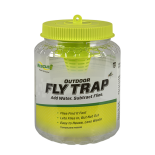 Fly Trap, Reusable
Fly Trap, Reusable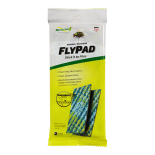 FlyPad
FlyPad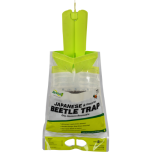 Japanese & Oriental Beetle Trap
Japanese & Oriental Beetle Trap Spider Trap
Spider Trap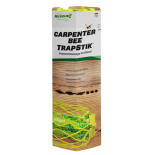 TrapStik, Carpenter Bee
TrapStik, Carpenter Bee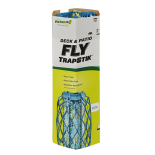 TrapStik, Deck & Patio Fly
TrapStik, Deck & Patio Fly 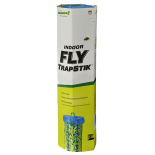 TrapStik, Indoor Fly
TrapStik, Indoor Fly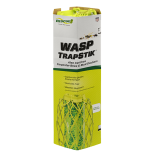 TrapStik, Wasp
TrapStik, Wasp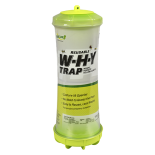 W·H·Y Trap for Wasps, Hornets & Yellowjackets
W·H·Y Trap for Wasps, Hornets & Yellowjackets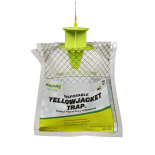 Yellowjacket Trap, Disposable
Yellowjacket Trap, Disposable 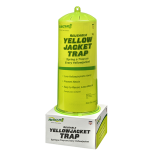 Yellowjacket Trap, Reusable
Yellowjacket Trap, Reusable 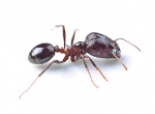 Ants
Ants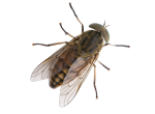 Biting Flies
Biting Flies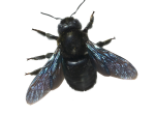 Carpenter Bees
Carpenter Bees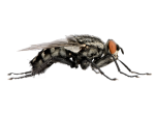 Flies
Flies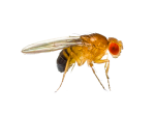 Fruit Flies
Fruit Flies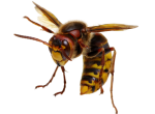 Hornets
Hornets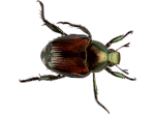 Japanese Beetles
Japanese Beetles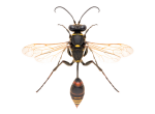 Mud Daubers
Mud Daubers Oriental Beetles
Oriental Beetles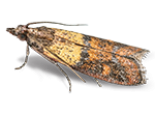 Birdseed & Pantry Moths
Birdseed & Pantry Moths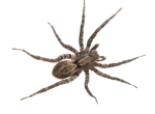 Spiders
Spiders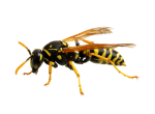 Wasps
Wasps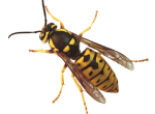 Yellowjackets
Yellowjackets